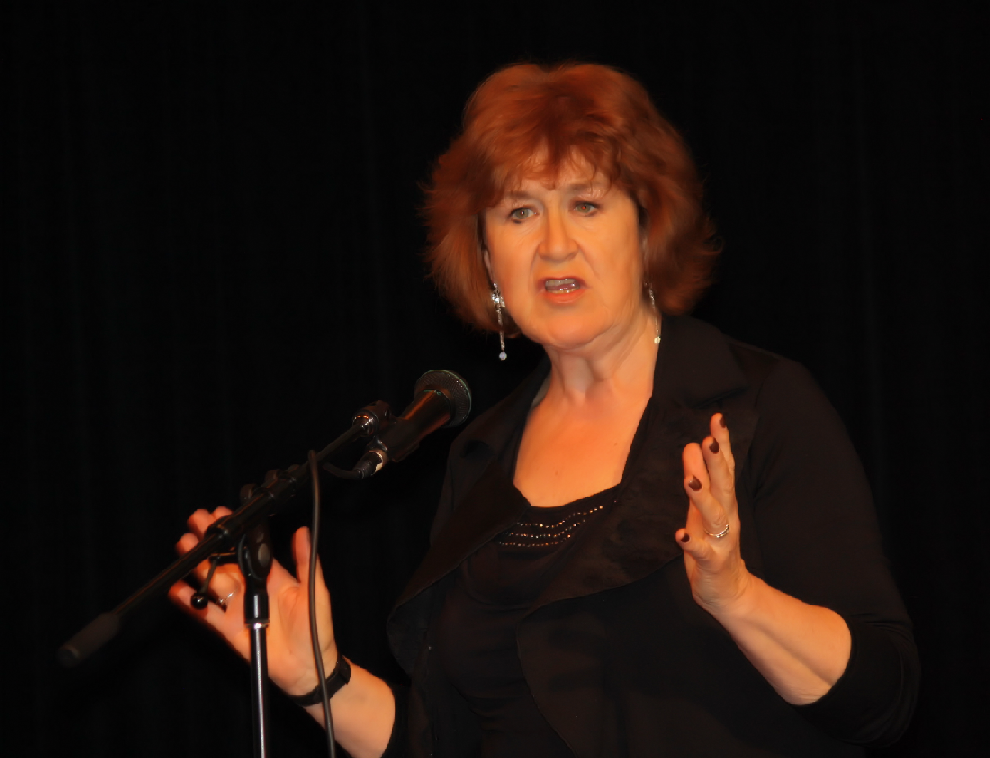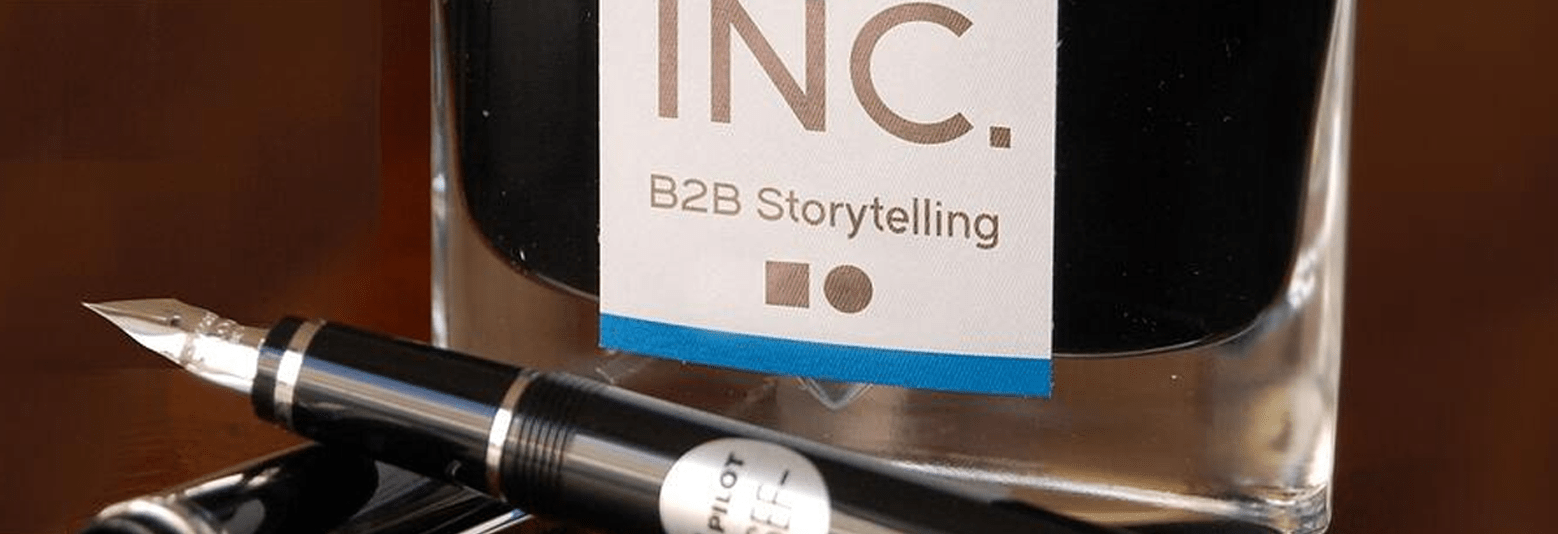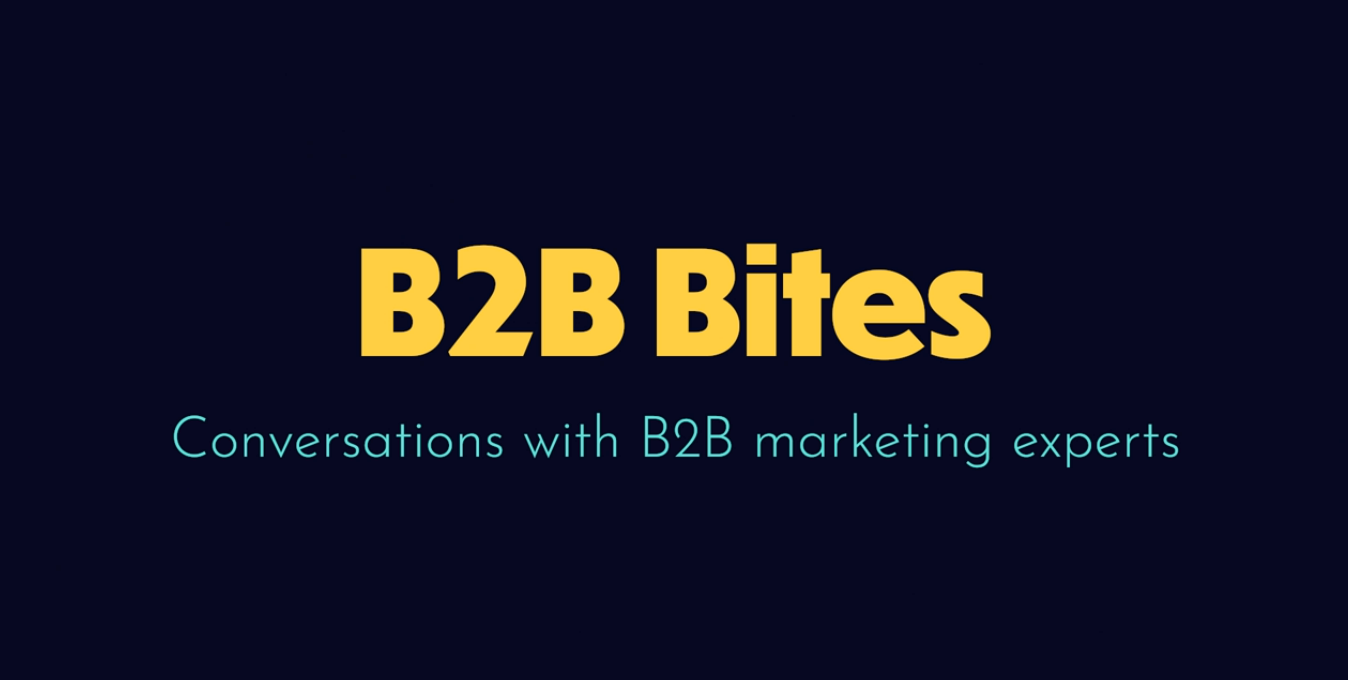Liz Weir is one of Ireland’s leading contemporary storytellers and writers. Her job is to teach the techniques of the Irish tradition to curious learners and listeners. We got in touch to ask Liz what the Irish oral tradition of storytelling could teach marketers about producing B2B content marketing that matters - and if technical writing can ever be expected to pull on the heartstrings.
At home in her large whitewashed County Antrim farmhouse, Ballyeamon Barn - which is also a hostel and writer’s retreat - Liz gathers tourists and visitors around the kitchen table. Condiments are pushed to one side signalling the end of dinner and the beginning of the night's ‘ceilidh’.
Music and storytelling happen organically in the low light of the room where tealights and the remnants of roman candles burn softly in glass jars.
It’s a world away from the austere corporate environment that the rest of us are familiar with as our place of work… so, what connection do they share? And what could the marketing manager of a global brand learn about sales from an evening spent at Liz’s kitchen table?

Liz Weir
Q&A
Why does Ireland have such a renowned reputation for storytelling?
‘Storytelling is deeply ingrained in Irish Culture. If you go back to the times of the High Kings they always had a bard to entertain them. The culture of storytelling came through the Irish language, especially at a time when Irish was outlawed, but the stories kept going. People would have also travelled for work and stories would have been carried from place to place.
The Irish have an international reputation as storytellers; they’ve always been regarded as such. A lot of literary figures, such as Yeats and Heaney, were very inspired by the Irish oral tradition. Yeats collected stories from what he called “the peasantry”. As well as that, maybe technology didn’t come in as quickly to Ireland as elsewhere, and so the fireside tradition of storytelling and music, which was always strong, just kept going. People have always told stories around the fire with music, and music and storytelling go together.
Visitors often can’t believe how people say hello to you in the street here in Ireland. That doesn’t happen in a lot of other places. There’s this readiness to speak to people and communicate. I really do believe that the Irish have “the gift of the gab”.
You have done some work as a corporate storyteller - can you tell us why storytelling is important in a business context?
‘I often ask my business clients, what do you think of when you think of the word “storytelling” - they say things like Jackanory and children’s bedtime stories. My aim is to show them that storytelling is an essential marketing tool. Ironically, people in America are getting this before the people in Ireland. They’ve got corporate storytelling workshops, terrific books on the topic. What I do is show them [corporate clients] how the techniques of Irish storytelling can be used for business. We’re the people renowned for our storytelling, so we need to catch up here and we need to use what we’re good at.’
Why are businesses starting to give this their attention - and to what aim?
‘There are companies out there dabbling in storytelling. For example, Tourism Ireland has been doing a series of videos showing storytellers walking through the landscape. That has much more impact on the tourist than showing beautiful shots - they’re actually hearing a voice that they’re then able to identify with the area.
If you’re talking about writing good content, it has to touch people and I think, by incorporating stories - whether they’re inspirational stories or stories of good practice - they will stick with readers more so than facts and figures. A story will stay in your memory and in your heart; it will touch your emotions much more than a Powerpoint presentation.’
What would you say to people in B2B communications who often think there’s no story here, there’s no real emotional element to any of this, it’s technical writing. What’s your take on this?
‘There’s always a story. It might be featuring a member of your staff, or putting a human face to your company and products, or perhaps it’s a client who was really satisfied with your products or services, but I think there’s always a story. Humanity has been cut away a bit with technology, but people are getting fed up with pre-packaged information, they want to see something genuine. You need to find out who the people are behind the corporate logo. Ask the basic who, what, why, when, where questions. Put the humanity back into it.
Buyers, of any description, are always people and people will want to buy into something if they feel an emotional connection. That’s what it’s about. What marketers have to do is see what the core story is, putting aside the statistics. You need something to engage and intrigue the potential customer long before you begin to sell anything to them.’
Conclusion
Storytelling in B2B marketing doesn’t have the same obvious applications as B2C, but no matter how technical our products or software solutions, people are not robots. Crafting business narratives that appeal to human emotion is a skill, and like the generations who came before, storytelling is a skill that must be learned with practice.
----------------------------
Don’t have time to hone your storytelling skills? Talk to Squaredot about how we can help you with your B2B content marketing, or take a few moments to read the other blogs on James Joyce and Samuel Beckett in our Irish Writers and Content Marketing series.









